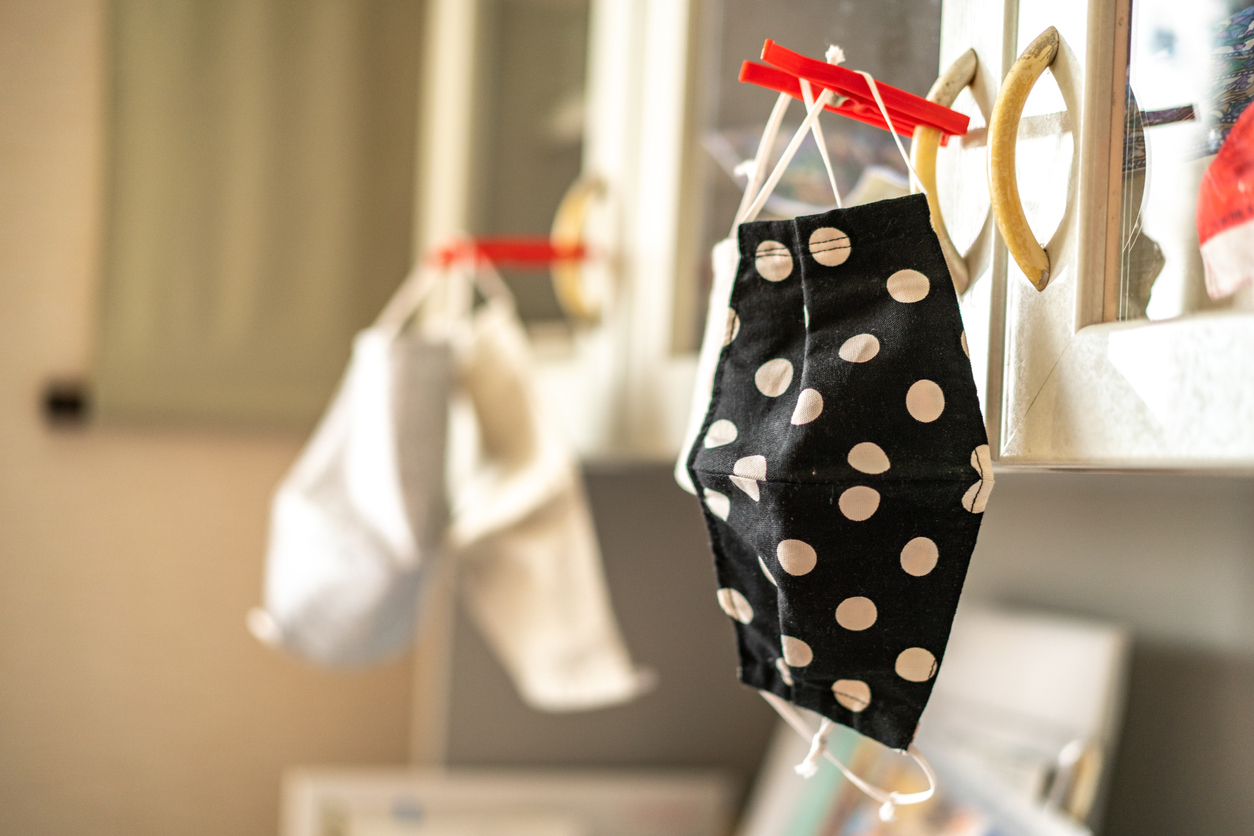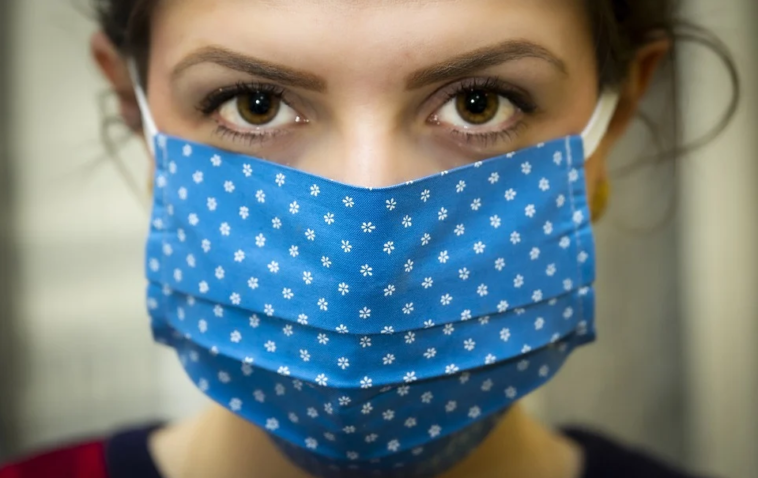Like barrier gestures, protective masks are part of the tools to limit the transmission of the Covid-19 virus when we are forced to leave our homes. From May 11, 2020, masks will be compulsory in certain public places, notably public transport, but also in schools. They are also recommended for every outing outside, particularly for going to work or shopping without risk. However, whether we buy masks for the general public or make them, we do not always know how to clean a fabric mask to reuse it after use. Indeed, for it to remain somewhat effective, its cleanliness is a key element. Here’s how to go about disinfecting your protective masks without damaging them.
How to clean your fabric mask and disinfect it?
First of all, infectious disease specialist Benjamin Davido recommends a disinfection technique used in hospitals for nursing staff’s gowns. This tip consists of pass a hot iron on each side of the mask to destroy bacteria and viruses. The heat will help eliminate all pathogenic germs. Just avoid touching the elastics so as not to damage them. Of course, this does not replace cleaning the mask. However, this allows it to be disinfected after each use while putting it in the washing machine. And it’s faster than spreading the mask for several days while waiting until it is no longer contagious.

Then when it’s time to clean, the ANSM recommends wash at 60°C minimum for at least half an hour. This applies to cleaning a cloth mask as well as potentially infected clothing and linens. If possible, avoid overly chemical detergents containing a lot of solvents. Indeed, with the mask pressed against your nose, they could irritate your bronchi. However, detergent, homemade or commercially available, remains obligatory for washing. However, it is strongly recommended to wash without spinning and without softener. Ensuite, allow your mask to dry completely before using it again. According to INRS, humidity can in fact “ impair the filtration efficiency of the mask and reduce its breathability ».
What not to do when caring for a fabric mask

With the rumors of the Internet and the desire to do well, we can sometimes take precautions that can be harmful! Here are mistakes to avoid when disinfecting the mask:
-First of all, you may have seen the post on Facebook advising to pass the mask over the steam. This should be avoided for several reasons, including because you risk burning yourself. Furthermore, this does not will not be enough to sterilize the mask and it is therefore completely useless. On the contrary, it can even fix microbes on the mask…
– Also avoid the microwave, as many masks have metal components to allow them to remain on the nose.
-Also, boil the cloth mask or clean it with bleach or alcohol can damage tissue. This therefore affects the quality of the mask. In addition, leftover bleach on the fabric could irritate the skin and respiratory tract.
-Also, do not bake the mask. A Stanford study showed that 30 minutes in an oven at 70°C destroyed the remains of viruses. However, this is not feasible at home, as the mask must not touch the metal surface of the oven for it to work. It would therefore be necessary to hang it far from the walls, on a wooden grid, which is impossible at home.
Our final important tips:
When purchasing, always ask for the number of uses to know the number of washes you can do before throwing away the mask. You will sometimes be able to clean a sheet mask 6 to 7 times and sometimes more. And don’t hesitate to throw it away at the slightest trace of wear (damaged fabric, deformation, hole, etc.). Finally, remember that these cleaning rules only apply to reusable fabric masks. Single-use masks last for a maximum of 4 hours and cleaning them or keeping them for longer renders them useless. Surgical masks must therefore imperatively be thrown away after use.


